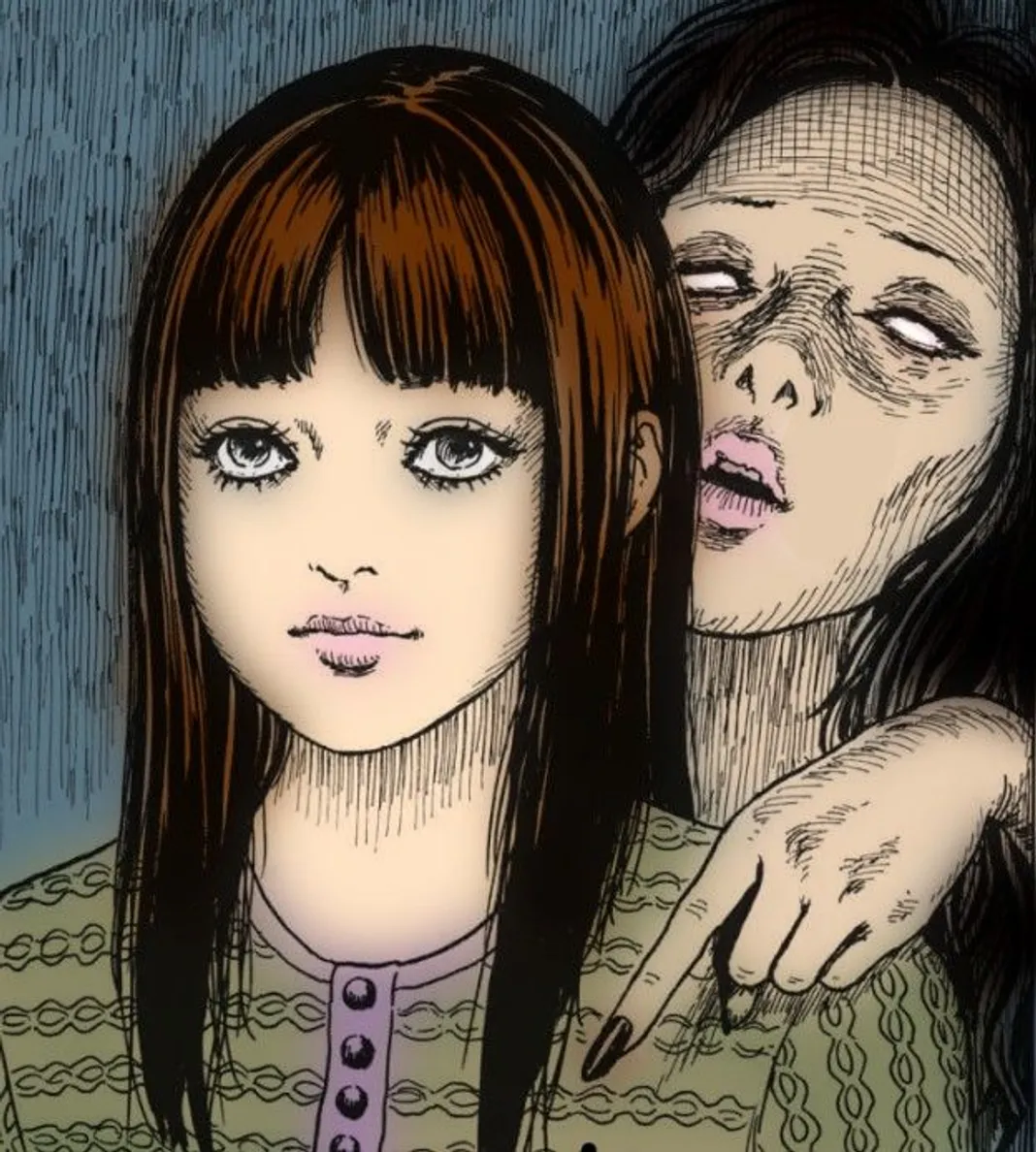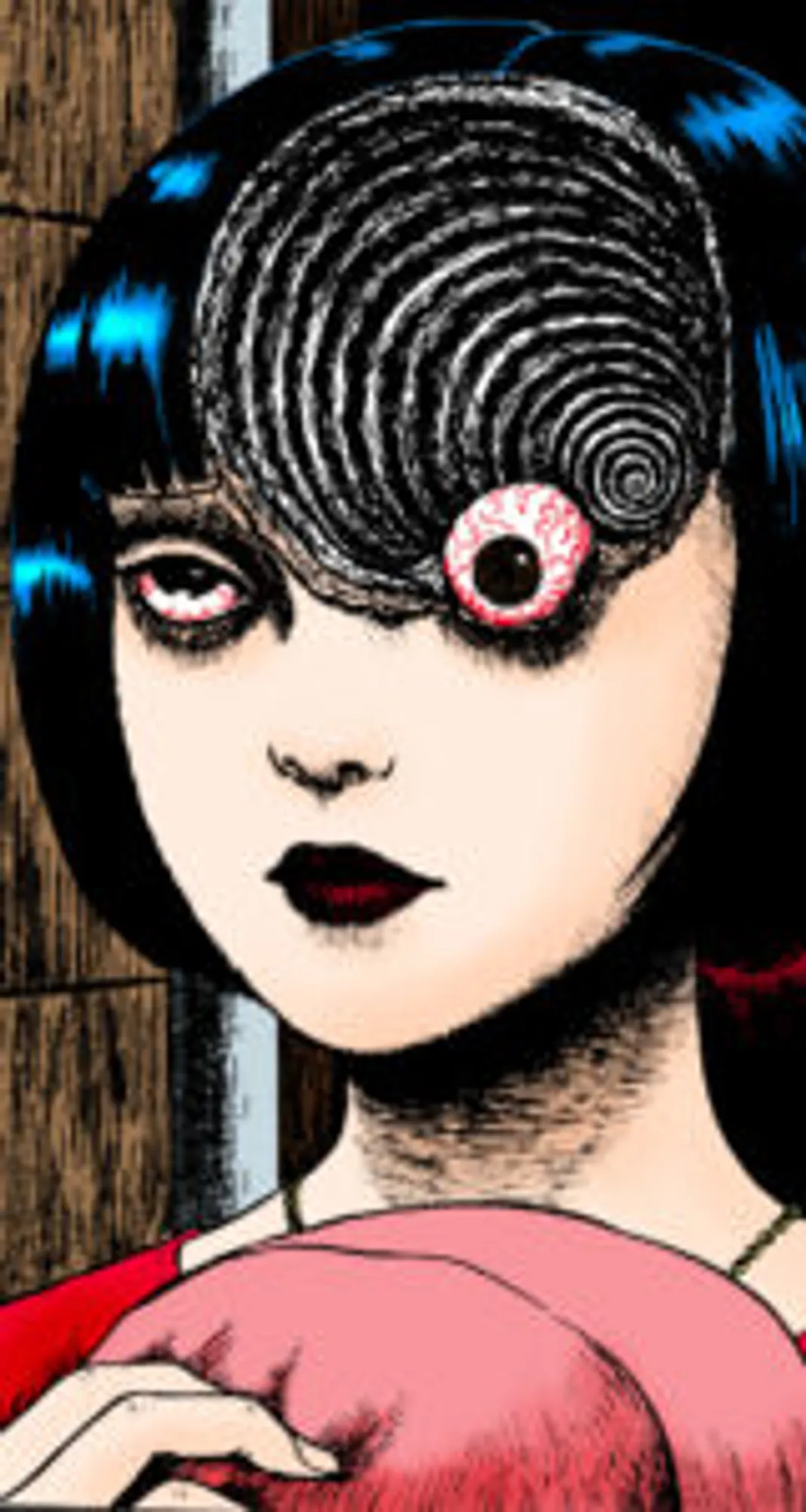
Horror is an ostensibly simple genre to define. After all, any work of fiction deemed “frightening” can be tucked under its exhaustive umbrella. Discussing horror literature will prompt the mention of famous authors like H.P. Lovecraft, Edgar Allan Poe and Stephen King in the same breath despite their particular idiosyncrasies. Many film enthusiasts could slot Eli Roth or James Wan in the same sentence as Wes Craven or Guillermo del Toro. Amid countless horror sub-genres, where evoking a sense of dread is often an objective, every terror maestro has their avenue. However, you’d have to lean into Japan’s manga scene to find an artist who genuinely taps into the visceral minutiae of phobias with alarming precision: renowned horror icon Junji Ito.
Anyone who dabbles in the world of manga will inevitably cross paths with Junji Ito’s stories. He’s an inescapable figure in his medium, so what makes his work so prominent? Japanese horror has left its devilishly creepy mark on the genre with phenomena like Ju-On (The Grudge) and Ringu (The Ring). Tales of curses and ghosts perpetually keep audiences on their toes, and Ito often integrates them into otherwise mundane settings. Yet the most distressing aspect of his work is his commitment to phobias and the art he uses to exhibit them.
Ito’s work is intimate. The Eisner Award-winning mangaka—the Japanese word for a comic artist or cartoonist—discovered horror at a young age. He was born in 1963 in Nakatsugawa, Japan, and started drawing when he was about four years old. Diving into the works of Japanese horror icons Kazuo Umezu and Shinichi Koga solidified his interest in the genre. In interviews, Ito describes his younger self as “gloomy” and says he occasionally grappled with scopophobia; he’d walk around town, afraid of being watched or stalked at any moment. That became paired with a small dose of nyctophobia courtesy of a dark, ominous path to the bathroom in his childhood home. These personal experiences—plus the macabre nature of his active imagination—sparked one of the most remarkable careers in horror media.
Junji Ito’s Nightmare Fuel
Some of the best-known images in Junji Ito’s repertoire are a masterclass in triggering trypophobia—an aversion or repulsion to objects with clusters of holes on their surface. Shiver is one of the most notorious examples, featuring images of multiple humans with cavernous holes in their skin. His short story Glyceride boasts some of his more repulsive imagery in the trypophobic category, with drawings of a severely pimple-faced teenage boy popping his zits on a young girl. One could even reference chapter eleven (a.k.a. “the mosquito chapter”) of his most acclaimed work, Uzumaki. Trypophobia isn’t officially recognized as a mental disorder, but experts theorize that some people instinctively associate specific hole patterns with dangerous parasites or animals. The human commitment to survival leads the phobic to perceive said patterns as threats. In Uzumaki, Ito reached into the deepest, most abhorrent corners of trypophobia and delivered elite nightmare fuel with dreadful drawings of humans with bites all over their bodies.
Below: Tryptophobia–an aversion or repulsion toward objects with clusters of holes on their surface.

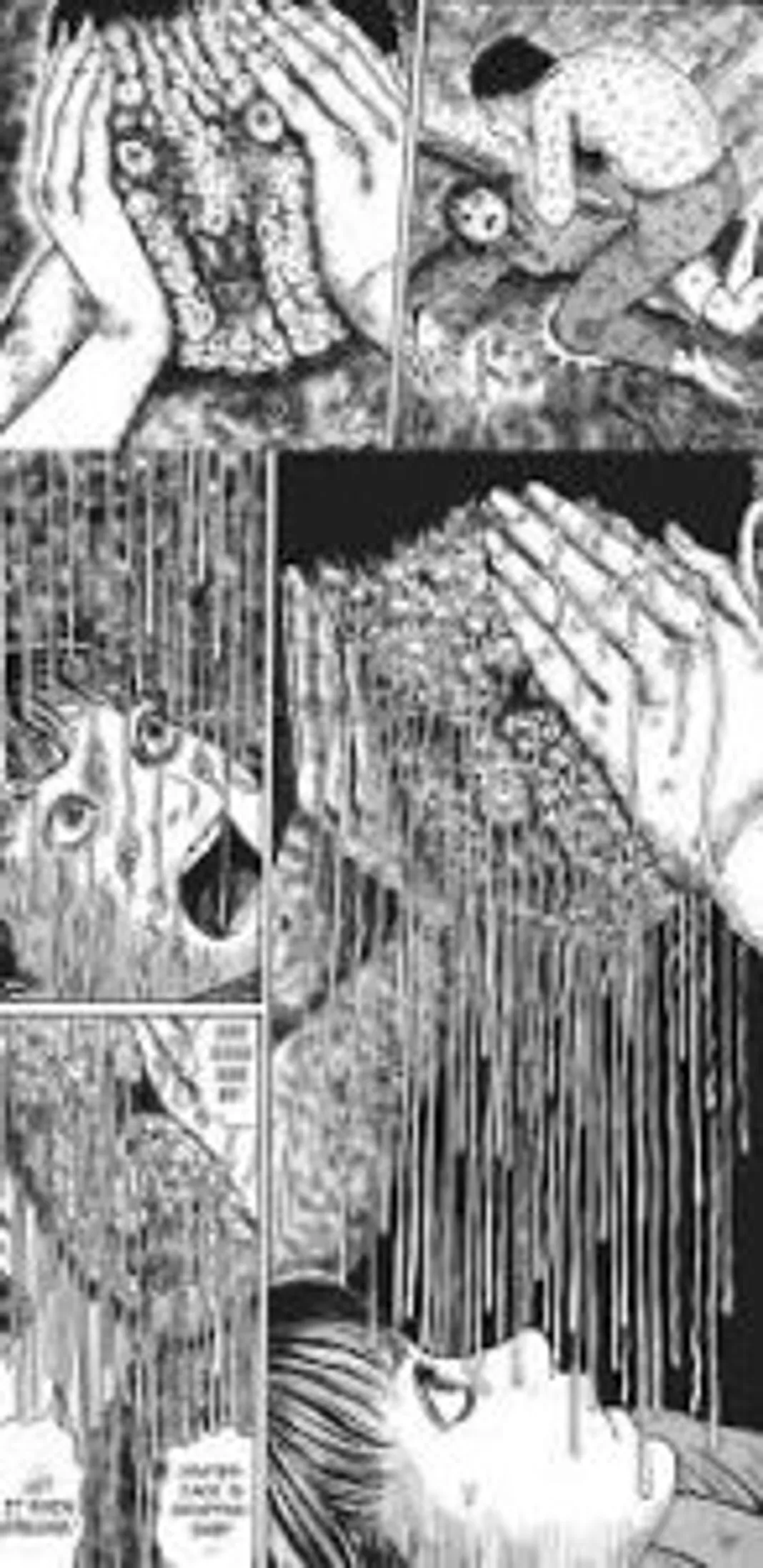

While a lesser-known story than Shiver, Ito’s The Enigma of Amigara Fault packs a heavy claustrophobic punch that lingers with anyone lucky (unlucky?) enough to stumble upon it. The short narrative follows two hikers trekking to a fault on Amigara Mountain that garnered media attention after an earthquake. Upon arrival, they spot human-shaped crevices in a rock face. The terror unfolds when people willingly enter holes seemingly crafted just for them. Of course, wandering into a hole that’s exactly your size leaves little to no wiggle room–literally–and Ito’s claustrophobic drawings of people inside the crevices are hair-raising, to say the least. A healthy dose of nyctophobia also enters the foray, and you can practically sense Ito recalling the sinister path to his childhood bathroom in some of the panels. There are no explicit, external antagonistic forces pushing the characters toward this death wish, as the story takes a psychological approach. They appear driven by the desire to harm themselves, a direct contrast to the need for survival that seemingly fuels trypophobia in Ito’s other works.
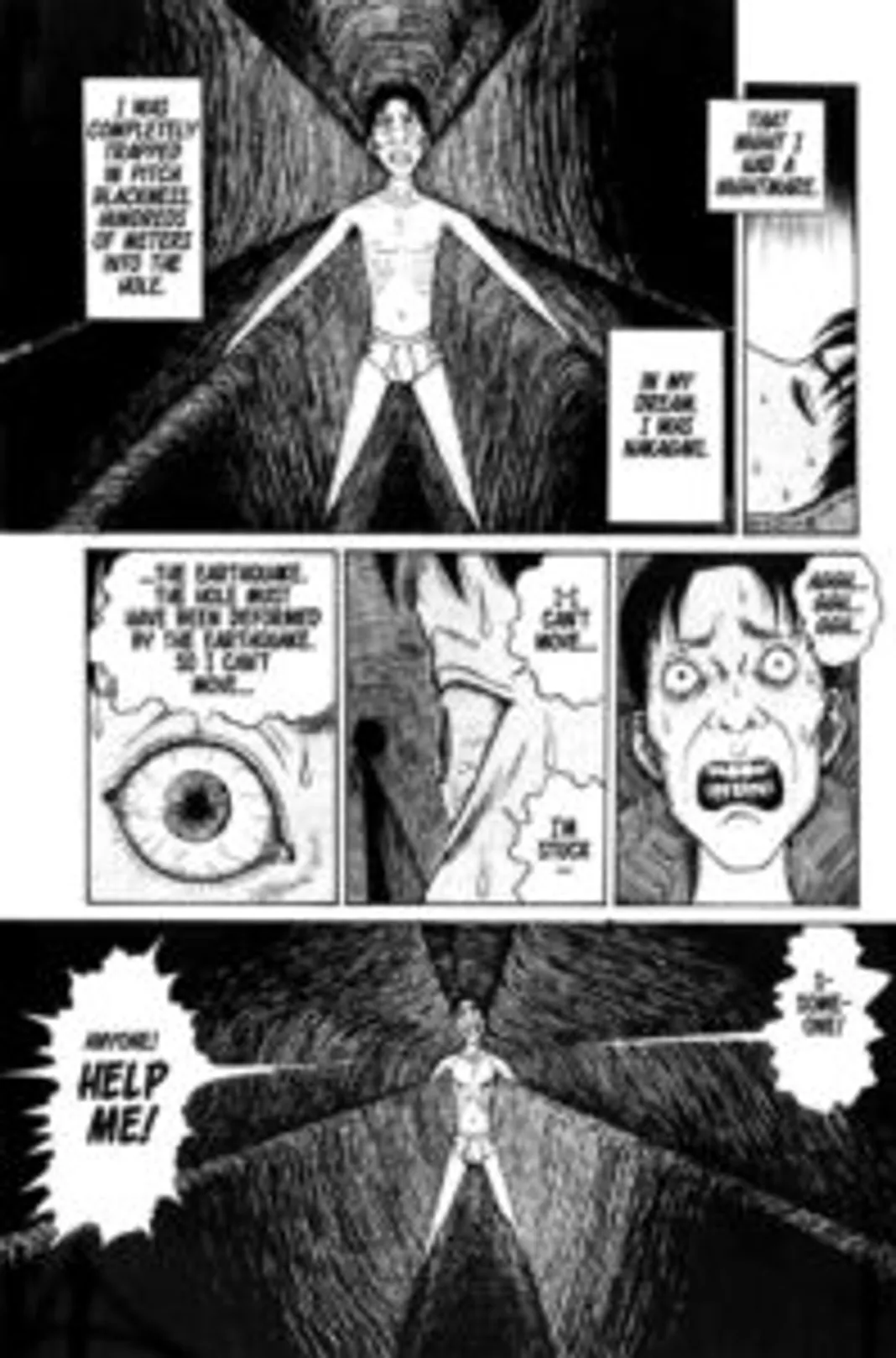 Above: Ito’s The Enigma of Amigara Fault packs a heavy claustrophobic punch. Image @ Junji Ito
Above: Ito’s The Enigma of Amigara Fault packs a heavy claustrophobic punch. Image @ Junji Ito
Claustrophobia works in tandem with the psychological horror approach, as Ito implemented a similar dynamic in the beloved Uzumaki. On top of the endless terrors in his most famous work, one of its most resounding themes involves claustrophobia—physical and, more subtly, social. The story takes place in a tiny, close-knit coastal town possessed by a mysterious spiral symbol. Community members mentally crumble as they fall prey to the ominous spirals, and there’s no sign of escape on the horizon. It’s cosmic horror to the nines—unsurprising, as the mangaka is a fan of H.P. Lovecraft—and Ito’s masterful use of an oppressive atmosphere traps you in the town alongside his characters. Yet despite the absurd circumstances, Uzumaki is impressively grounded in its exploration of claustrophobia–and a species to which many of us can relate. It’s not uncommon for people to find themselves trapped in their day-to-day lives. Whether it’s drowning in the pressures of their community, work, school, or family, a confined space isn’t always physical.
Ommetaphobia … with a side of objectophilia.
One peculiar trigger in Junji Ito’s collection of horrors involves ommetaphobia, or the irrational fear of eyes, with a side of objectophilia. Haunted Wood Mansion is a short story about Megumi, who lives with her father in a cherished home labeled a national treasure. A strange architecture student named Kino Manami shows up at their doorstep, and after a chain of events she marries Megumi’s father. The story goes full horror when Megumi catches Manami grinding her bare body on the walls and floor, essentially “consummating.” The house slowly evolves into a living being, with the most startling pages featuring human eyes on the walls and floor. One could even guess this was a brief, subconscious depiction of Ito’s childhood scopophobia. It’s completely unexpected, yet the exact type of baffling content you grow to anticipate from the mangaka—ommetaphobia, a fear that you probably didn’t even know existed until you curiously picked up a Junji Ito story.
Below: A few eye-popping pages from Haunted Wood Mansion. Images @Junji Ito
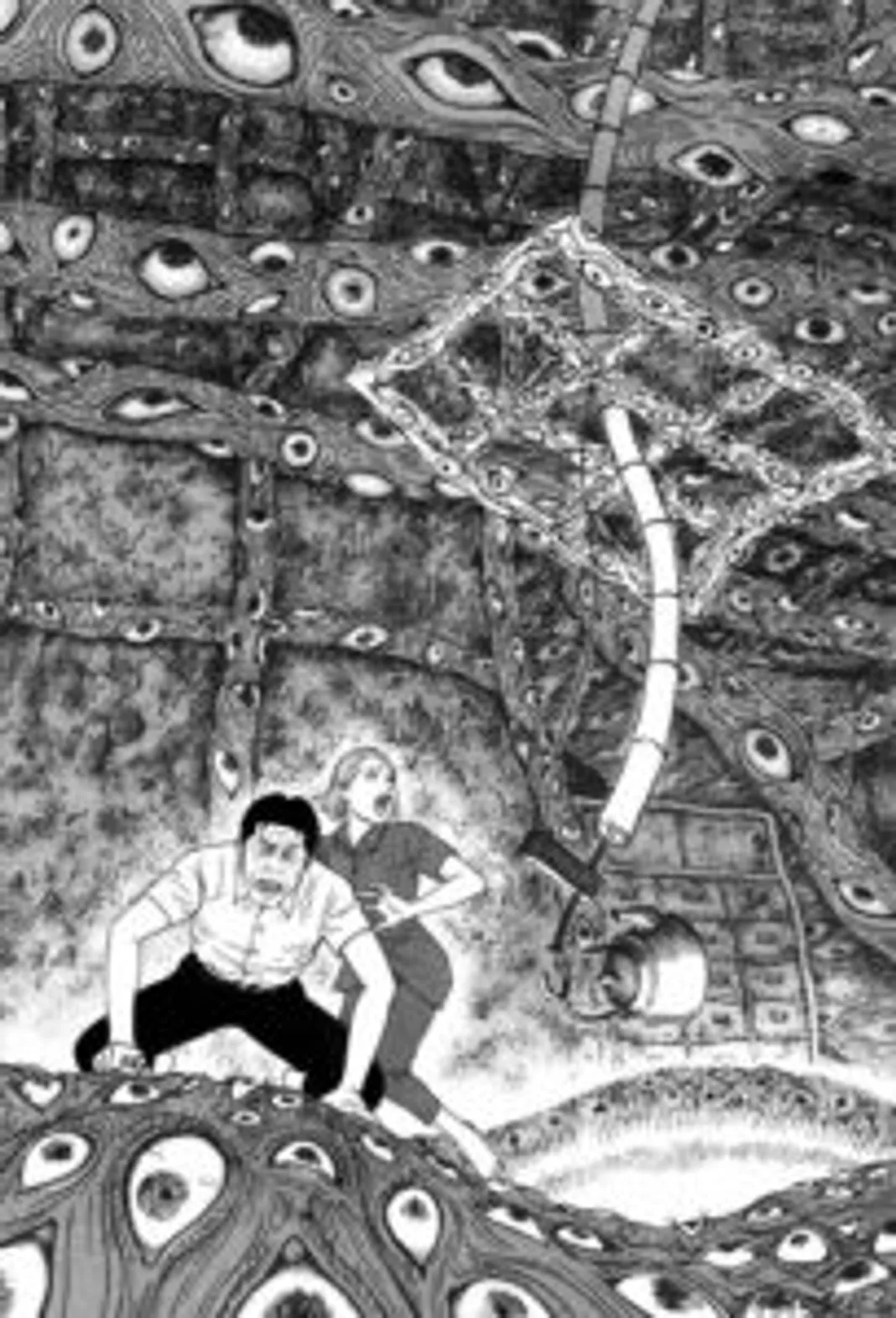
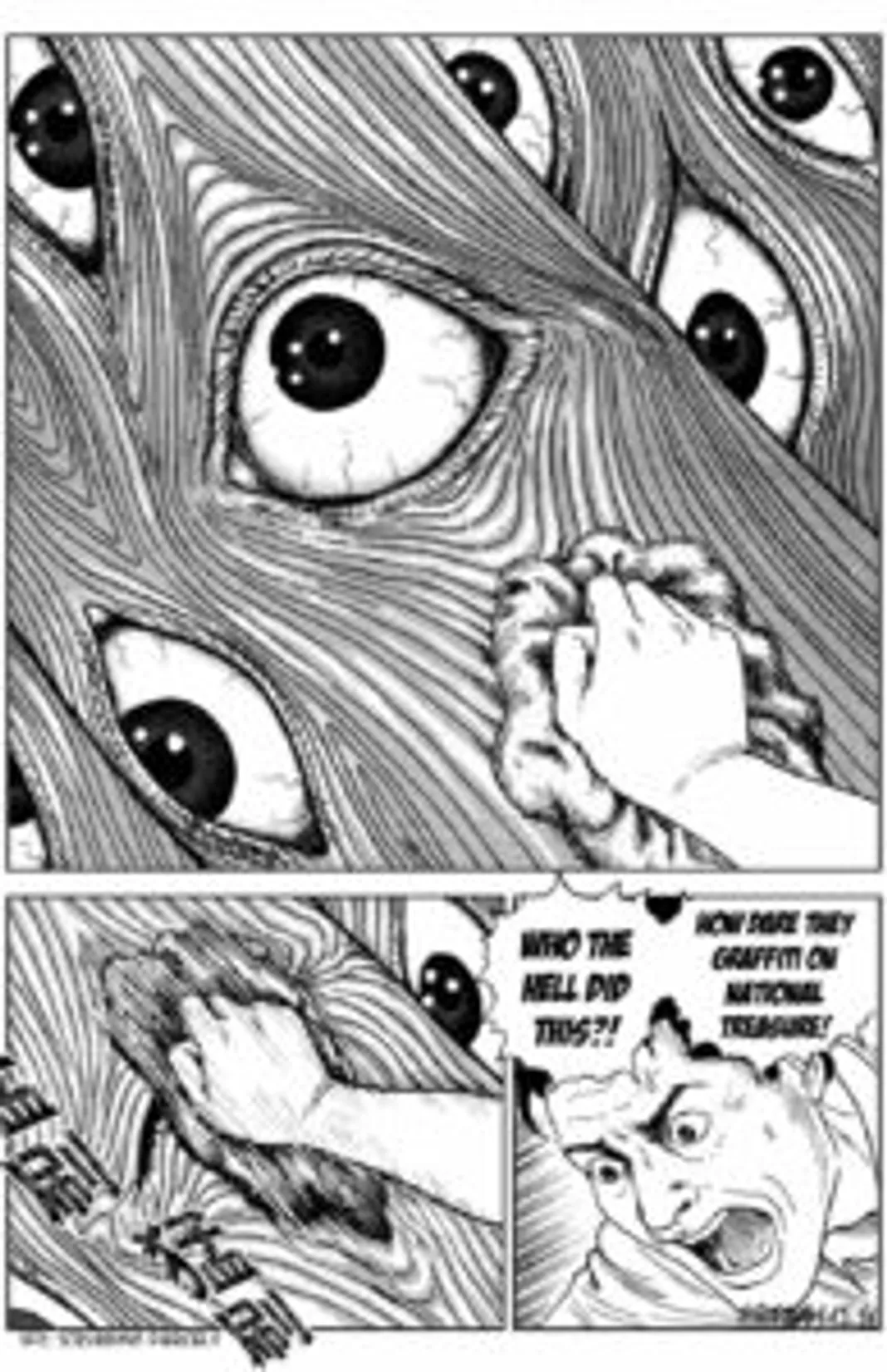
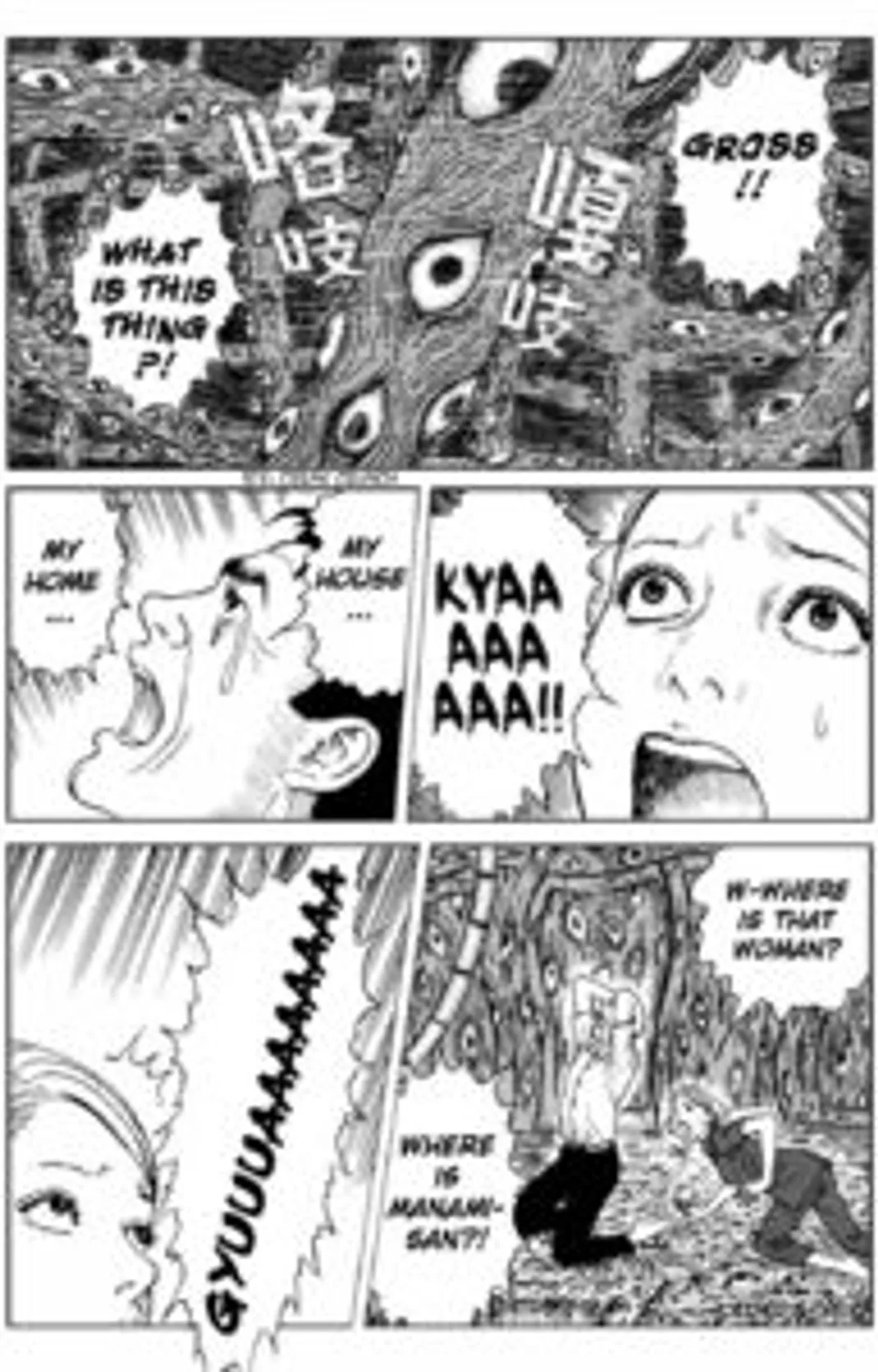
A newcomer to the world of Junji Ito has a lot of ground to cover, as Japan’s contemporary Master of Horror has been terrifying readers for decades. A deep dive into his extensive collection of tales will unearth images and phobias you’ll immediately want to erase from memory—and that’s what makes him one of horror’s greatest icons.
About the Author:

Myan Mercado is a Puerto Rican music journalist based in New York City who also loves film, anime, and video games. You can find her on Instagram at @itsmyan.


